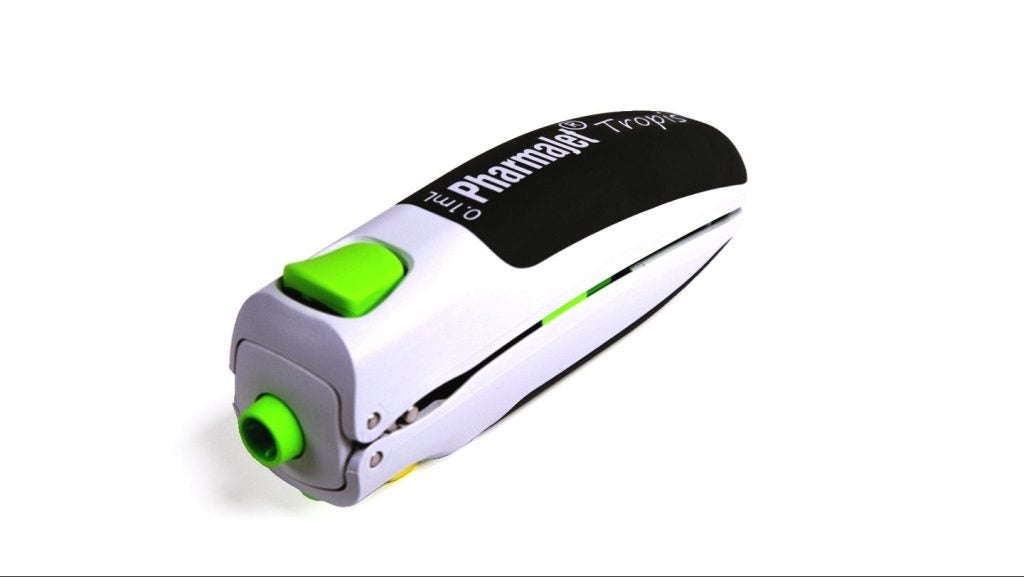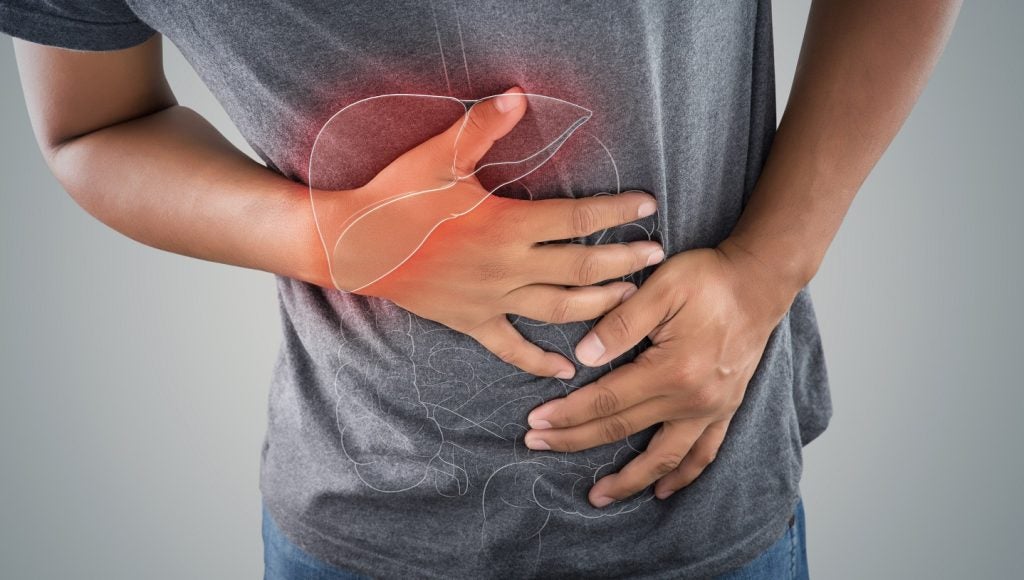Prosonix has completed patient dosing and follow-up procedures in its Phase II study of PSX1002, a novel, orally inhaled, drug-only, pMDI suspension formulation of the long-acting muscarinic antagonist (LAMA) glycopyrronium bromide.
The company is developing PSX1002, which was designed using Prosonix’s proprietary particle engineering technology platform, as a potential orally inhaled monotherapy for chronic obstructive pulmonary disease (COPD).
Prosonix CEO David Hipkiss said the novel formulation of glycopyrronium bromide could deliver considerable clinical benefits to COPD patients.
"In addition to the excellent progress with PSX1002, we continue to advance our development pipeline of particle-engineered mono and combination respiratory medicines, with the first filing of our lead product PSX1001 in the European Union as a directly substitutable generic inhaled corticosteroid (ICS) for asthma and COPD expected in mid-2014," Hipkiss added.
The study is designed to investigate the effects on expiratory lung function, tolerability and safety of a range of doses of orally inhaled PSX1002 compared to placebo delivered through pressurised metered dose inhaler (pMDI) in male and female patients diagnosed with moderate or severe COPD.
See Also:
At the Medicines Evaluation Unit in Manchester, UK, the randomised, double-blind, single-dose study recruited 37 patients and 33 completed all five dosing sessions.
How well do you really know your competitors?
Access the most comprehensive Company Profiles on the market, powered by GlobalData. Save hours of research. Gain competitive edge.

Thank you!
Your download email will arrive shortly
Not ready to buy yet? Download a free sample
We are confident about the unique quality of our Company Profiles. However, we want you to make the most beneficial decision for your business, so we offer a free sample that you can download by submitting the below form
By GlobalDataImproved lung function based on Forced Expiratory Volume in one second (FEV1) area under the curve from time zero to 24 hours post dose is the study’s primary endpoint.
The study will also assess multiple secondary physiological (lung function) and pharmacokinetic endpoints.
Top-line results of the study are expected in the first quarter 2014.
Image: A chest X-ray demonstrating severe COPD. Photo courtesy of James Heilman, MD.







